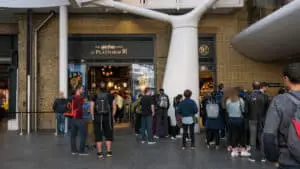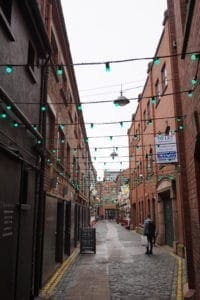Arab Countries A to Z: Unravelling 22 Cultural Gems
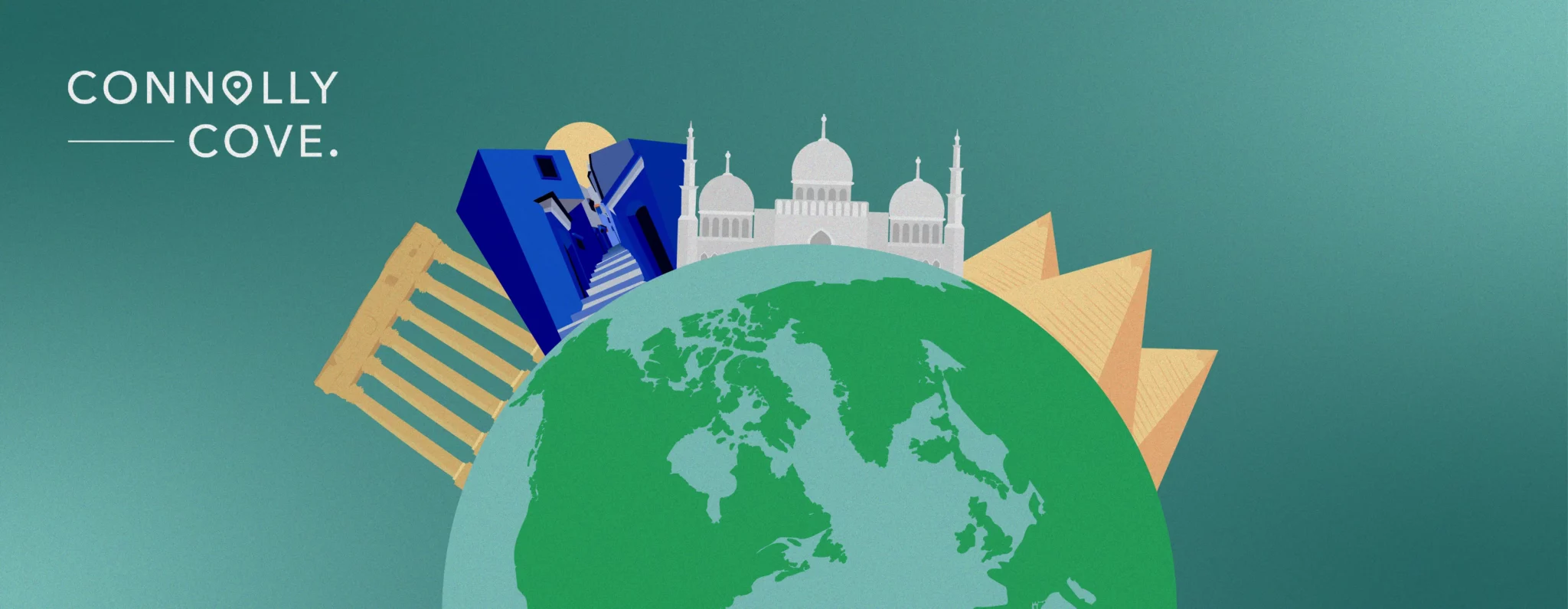
Updated On: April 15, 2024 by Yasmin Elwan
The term “Arab countries” collectively refers to the 22 nations in the Arab League, primarily situated in the Middle East and North Africa. Spanning a vast geographical region, these countries share common linguistic and cultural ties, primarily rooted in the use of Arabic language and traditions. This diverse yet interconnected Arab world showcases a rich tapestry of history, traditions, and heritage.
Chronicles of the Arab World
The historical tapestry of the Arab world is woven with the threads of ancient civilisations, marking the region as one of the cradles of human civilisation. In the pre-Islamic era, legendary civilisations such as the Sumerians, Babylonians, and Assyrians flourished, setting the stage for the cultural and intellectual richness that would later define the Arab world. However, the transformative moment in Arab history arrived with the advent of Islam in the 7th century.
The Islamic Golden Age, spanning from the 8th to the 14th century, stands as a pinnacle of intellectual, scientific, and artistic achievements. Arab scholars made groundbreaking contributions in various fields, including mathematics, astronomy, medicine, and philosophy.
The House of Wisdom in Baghdad became a beacon of knowledge, translating ancient texts and fostering an environment of learning that laid the foundation for the Renaissance in Europe.
As history unfolded, the Arab world witnessed the rise and fall of empires, from the Umayyads to the Abbasids and the Ottomans. The modern era brought challenges and changes, with the decline of the Ottoman Empire and the subsequent geopolitical reconfigurations.
The 20th century saw the emergence of independent Arab nations, navigating through colonial legacies, regional conflicts, and struggles for self-determination. The Arab world remains a dynamic and complex landscape, shaped by its rich historical roots and the ever-evolving currents of global geopolitics.
Diverse Expressions Across Arab Lands
In the vast tapestry of the Arab world, cultural diversity flourishes in myriad expressions. Linguistically, while classical Arabic serves as a unifying thread, dialects weave unique patterns across regions, reflecting both historical influences and local identities. This linguistic richness extends to literature, where each Arab country contributes distinct narratives, poetry, and novels that reflect the complexities of their societies.
Artistry takes diverse forms, from the intricate geometries of Islamic art to the vibrant palette of contemporary painters. In the realm of music, traditional melodies harmonise with modern beats, mirroring the intersection of heritage and innovation.
Religious diversity further enriches the cultural landscape, with Islam as a common thread but manifesting in various sects and traditions. This diversity is not just a testament to the complexity of the Arab world but also a source of strength, fostering an environment where multiple cultures coexist and contribute to the broader identity of Arab societies.
Through language, art, literature, and religious practices, the Arab world stands as a testament to the beauty of embracing diversity within a shared heritage.
The Geopolitical Landscape in Arab Countries
The Arab world, encompassing 22 countries across North Africa and the Middle East, presents a complex and ever-evolving geopolitical landscape. While bound by shared cultural and linguistic heritage, these nations navigate a diverse spectrum of political structures, regional alliances, and external influences, creating a tapestry of unity and fragmentation.
Divergent Political Structures
Arab countries exhibit a wide range of political systems, from absolute monarchies and constitutional monarchies to authoritarian republics and fledgling democracies. This diversity reflects historical legacies, ideological preferences, and the varying levels of political and social development within the region.
For example, Morocco maintains a constitutional monarchy with a parliamentary system, while Saudi Arabia operates as an absolute monarchy with limited political participation. Meanwhile, Tunisia is steadfastly progressing through a delicate democratic transition that emerged from the Arab Spring uprisings, showcasing resilience and commitment to democratic values.
Regional Alliances
The Arab world is marked by a complex web of regional alliances and rivalries. The Gulf Cooperation Council (GCC), comprised of Saudi Arabia, the United Arab Emirates, Kuwait, Qatar, Bahrain, and Oman, serves as a major player in regional security and economic cooperation.
Influence on Global Affairs
Despite internal divisions, Arab countries collectively wield significant influence on global affairs. They hold a dominant position in the global energy market as major oil and gas producers, accounting for approximately 60% of the world’s proven oil reserves. This economic leverage allows them to exert pressure on international actors and shape global energy policies.
Additionally, the Arab world plays a crucial role in international diplomacy and security issues. Its strategic location, bordering key geopolitical players like Iran and Turkey, and proximity to important trade routes through the Suez Canal and Bab-el-Mandeb Strait makes it a pivotal region for international security.
Moreover, Arab countries actively participate in global organisations such as the United Nations and the Arab League, influencing international agendas and shaping global responses to critical issues.
Top 5 Tourist Attractions in Arab Countries
Embark on a captivating journey through the Arab world, where ancient history, vibrant cultures, and breathtaking landscapes converge to offer a diverse tapestry of experiences. In this exploration of the top tourist attractions across Arab countries, discover the allure of iconic landmarks, rich historical sites, and the unique charm each destination holds.
From the modern marvels to the ancient wonders, the Arab countries beckon travellers with a blend of tradition and modernity, promising unforgettable encounters that span from the Maghreb to the Arabian Peninsula.
Pyramids of Giza, Egypt
Embarking on a mesmerising journey to the heart of Egypt, travellers are met with the awe-inspiring grandeur of the Pyramids of Giza, an unparalleled testament to ancient ingenuity and cultural richness.
Positioned majestically on the Giza Plateau, the ensemble of the Great Pyramid, the Sphinx, and the surrounding pyramids form a captivating tableau, each stone whispering tales of pharaohs and dynasties long past.
To optimise the experience, the ideal time for exploration is during the cooler months from October to April, providing a welcomed escape from the scorching heat. For those seeking a deeper understanding, hiring a knowledgeable guide unveils the intricacies of its history, turning a visit into an immersive and unforgettable exploration where the past comes alive against the backdrop of the shifting sands.
Sheikh Zayed Grand Mosque, Abu Dhabi, UAE
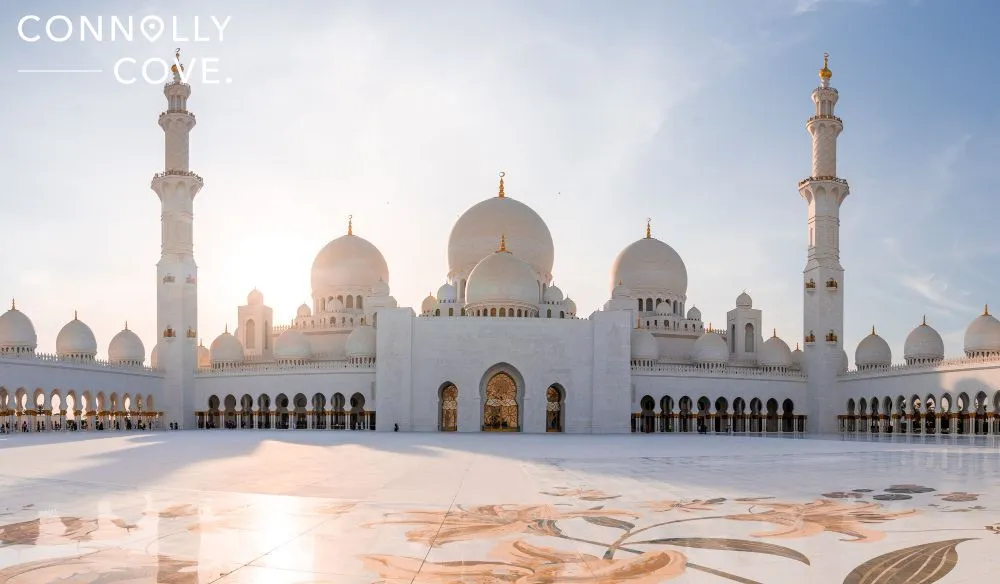
In the heart of Abu Dhabi, the Sheikh Zayed Grand Mosque stands as a radiant symbol of architectural splendour and cultural heritage. An embodiment of Islamic artistry, the mosque’s pristine white marble facade, intricate floral designs, and majestic domes create an ethereal ambience. Beneath the domes, the world’s largest hand-knotted carpet graces the main prayer hall while crystal chandeliers glisten overhead.
To savour the grandeur of this marvel, the early morning or late afternoon casts a soft glow, enhancing the mosque’s allure. Visiting during the weekdays, especially in the cooler months from October to March, promises a more serene experience, avoiding the weekend crowds.
Modest attire is essential, and complimentary abayas and kanduras are available for visitors, offering a respectful immersion into the mosque’s sacred space. As the sun sets and the mosque illuminates, the experience transcends into a luminous journey where spirituality and architectural brilliance seamlessly converge.
The Blue City of Chefchaouen, Morocco
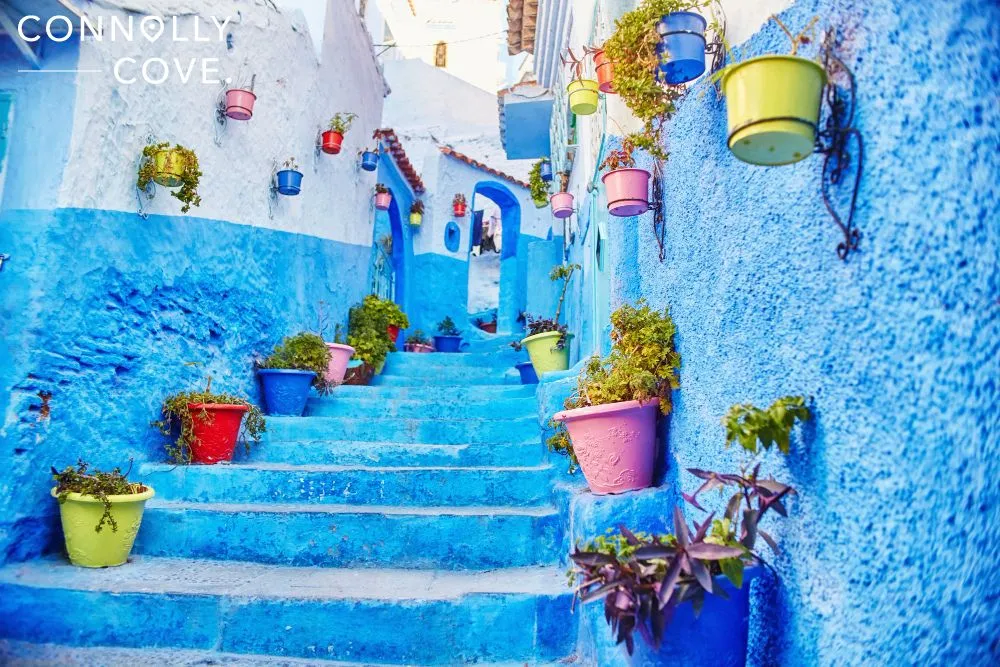
Nestled within the rugged Rif Mountains, the enchanting Blue City of Chefchaouen in Morocco is a captivating tapestry of azure-hued charm. Impossibly picturesque, the entire town is bathed in varying shades of blue, creating a surreal, dreamlike atmosphere. As you wander through the narrow, winding streets, adorned with vibrant pots of flowers and intricately painted doorways, every corner invites exploration.
For the most magical experience, visit Chefchaouen in the spring when the weather is mild and the city is adorned with blossoms. The months of April and May offer a perfect blend of comfortable temperatures and fewer tourists, allowing you to soak in the serenity of this blue oasis.
Local artisans proudly display their crafts in the bustling markets, and indulging in Moroccan delicacies at the tucked-away cafes adds an authentic touch to your visit. Prepare to be swept away by the charm of Chefchaouen, where each blue-painted step unveils a piece of Morocco’s artistic and cultural allure.
Baalbek, Lebanon
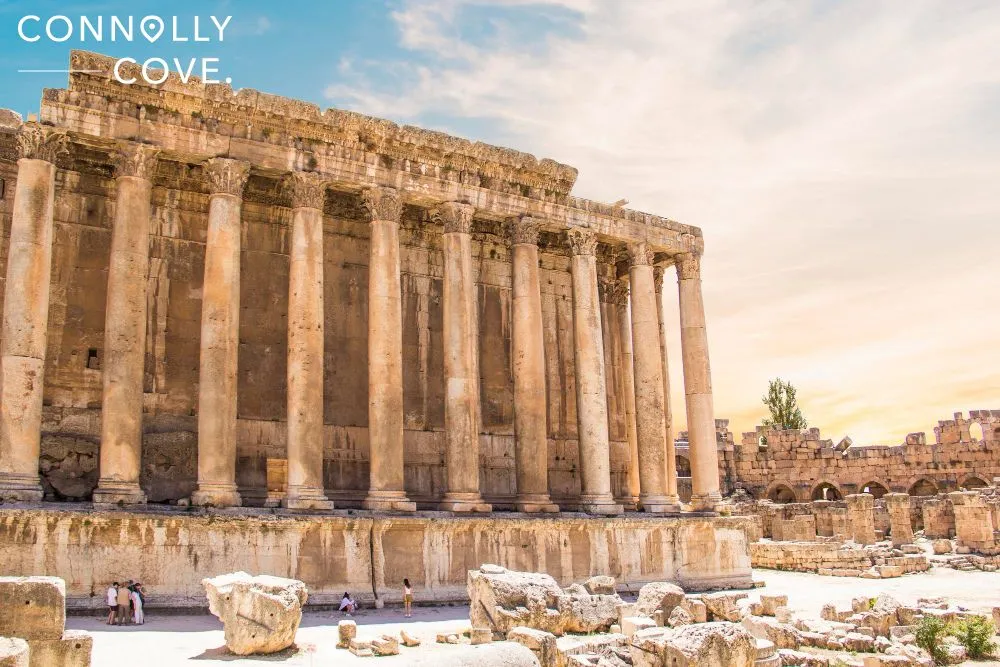
Nestled in the heart of the fertile Bekaa Valley, the ancient marvel of Baalbek in Lebanon stands as a testament to the grandeur of bygone civilisations. Home to some of the world’s most well-preserved Roman ruins, including the monumental Temple of Jupiter, Baalbek immerses visitors in the echoes of a glorious past. The intricate carvings, towering columns, and colossal stones transport you to an era of architectural brilliance.
The best time to explore Baalbek is during the spring and fall when the weather is mild and the site is adorned with blossoms or autumnal hues. To avoid crowds, consider visiting on weekdays or during the early morning. Engage a local guide to unravel the rich history and stories behind the stones, enhancing your understanding of this UNESCO World Heritage Site.
AlUla, Saudi Arabia
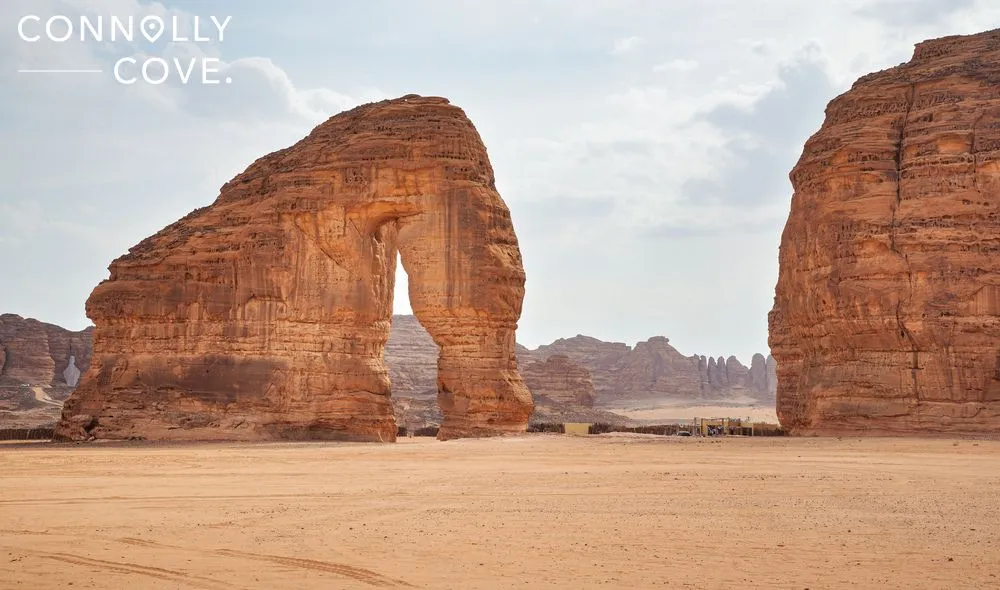
Step into a living history book in AlUla, Saudi Arabia. This ancient city, carved into sandstone cliffs, whispers tales of Nabataean civilisations and forgotten kingdoms. Explore the mesmerising Mada’in Saleh, a UNESCO World Heritage Site, and marvel at the intricate tombs and temples.
AlUla’s magic unfolds best during the cooler months, from October to April when the sun’s caress is gentle and the desert nights are starlit wonders. For an insider tip, visit the site during the AlUla Arts Festival, a vibrant celebration of music, art, and culture held in winter, bringing the ancient city to life.
Arab Culinary Symphony: Flavours, Traditions, and Hospitality
Arab cuisine is a rich tapestry woven with vibrant flavours, aromatic spices, and centuries-old traditions that have stood the test of time. Across the diverse landscape of Arab countries, culinary artistry takes centre stage, reflecting a harmonious blend of historical influences and local ingredients. From the iconic mezze platters featuring hummus, falafel, and tabbouleh to the savoury delights of shawarma and kebabs, Arab gastronomy is a celebration of bold tastes and exquisite textures.
Hospitality is deeply ingrained in Arab culture, and meals are not merely sustenance but a communal experience. Traditional dishes like mansaf in Jordan, couscous in Morocco, and kabsa in Saudi Arabia showcase the deep-rooted connection between cuisine and cultural identity. The meticulous preparation of dishes, often passed down through generations, emphasises the importance of preserving culinary heritage.
In Arab societies, breaking bread together signifies unity and kinship, creating a welcoming environment for guests. The delicate balance of sweet and savoury flavours, coupled with the warmth of traditional hospitality, makes Arab cuisine a feast for the senses and a journey into the heart of cultural richness. The culinary traditions of Arab countries are a testament to the artistry of their people, inviting everyone to savour the unique flavours that define this extraordinary tapestry.
The Arab world stands as a kaleidoscope of vibrant cultures, intertwined histories, and boundless diversity. Embracing a spectrum of religions, languages, and cuisines, this region fosters unity in its diversity. To truly grasp its depth and allure, one must delve into its myriad stories, treasures, and shared humanity, inviting a deeper understanding and appreciation for the intricate matrix of the Arab countries.


